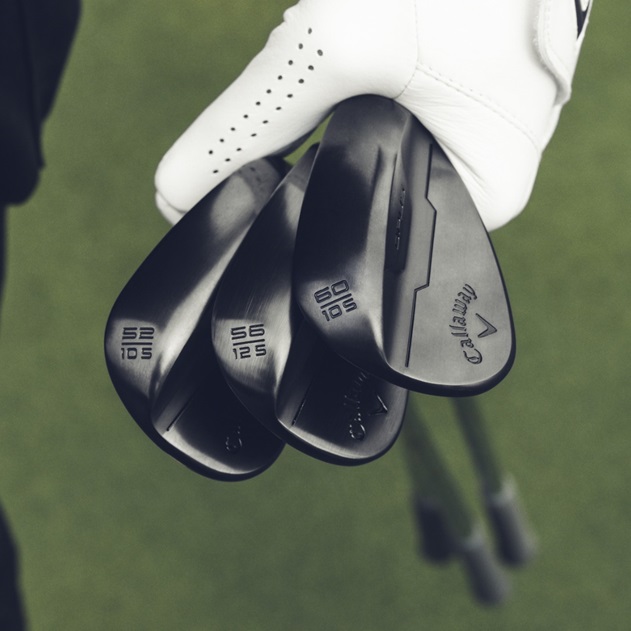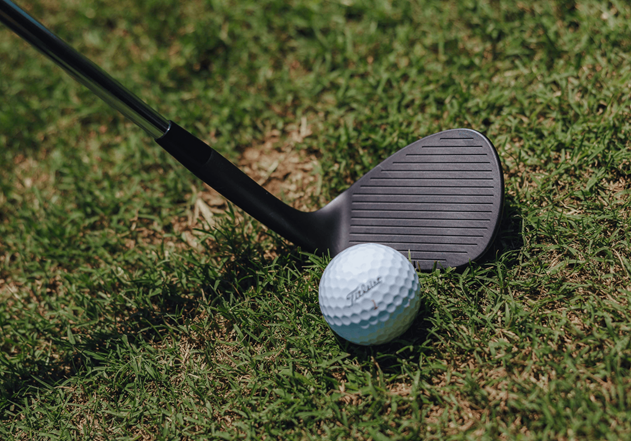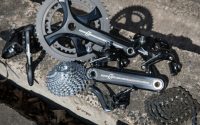Clear the Confusion: Choose the Ideal Golf Wedges for Your Game
Every golfer knows that having the right clubs can enhance their performance on the course. Speaking of clubs, golf wedges are one of the most important assets in your bag that can make or break your game. These are designed for short-distance shots, helping you escape bunkers or approach the green with as much control as possible.
Types of Golf Wedges
Building a successful short game requires knowing the different types of golf wedges and what they are meant to achieve. There are four common designs: pitching wedge, gap wedge, sand wedge, and lob wedge. Each of these comes with different loft angles to handle various short-game situations.
How to Choose the Right Wedges?

Understand Loft
What distinguishes wedges from one another is the varying degrees of loft built into each clubface that get the golf ball into the air at a certain angle. The higher the degree of loft, the higher the shot. Having the right one can greatly improve your scoring ability by providing accuracy and control in close-range scenarios.
The pitching wedge is one of the most popular wedges in the game. In fact, from novice to expert, every golfer’s bag needs to include pitching wedges. A pitching wedge will typically have a P stamped on its clubhead. If that’s not the case, you can assume that a wedge with a loft angle of 44 to 48 degrees is probably a pitching wedge.
The sand wedge is perfect for getting out of bunkers. You can also use it to to hit full shots, half shots, chip shots, and more making it one of the most versatile clubs in any golfer’s bag. In general, sand wedges have a loft of between 54 and 58 degrees to help lift the ball into the air and cause it to bounce when it lands. Also, a sand wedge can go a maximum of 90 to 100 yards.
The gap wedge is another popular club that’s usually included in modern iron sets. It usually has a G or A stamp labelled, depending on how the manufacturer classifies it. The gap wedge takes its name from the gap in loft angle it covers between the pitching wedge and sand wedge. In general, a gap wedge’s loft angle will sit between 48 and 52 degrees.
The lob wedge is used for short, high shots with minimal bounce. It has a loft of about 58 to 62 degrees. The average distance shot with a lob wedge travels between 60 and 90 yards, making it a great choice for controlled shots you need to hit over obstacles or quickly stop once they land.
Consider Bounce
Apart from the loft, another component to consider when buying wedges is the bounce. This refers to the angle between the leading edge of the clubface and the lowest point of the club’s sole, helping the club glide through the turf or sand rather than digging into it.
Bounce is particularly important in wedges because it affects how the club interacts with the ground, influencing the quality and consistency of your shots. On that note, you want to choose bounce options that match your swing type and typical course conditions.
Look Into Aesthetics

It’s no secret that many golfers want to own visually pleasing wedges. Golf club wedges come in various finishes, including chrome, black, and raw. The finish is a matter of personal preference, with each type offering different benefits in terms of aesthetics, durability, and performance over time.
Chrome wedges are one of the most popular options. They offer a shiny, polished look, and are highly resistant to rust and corrosion meaning can maintain their appearance over time. One of the downsides of this reflective finish is that it can cause glare in bright sunlight, affecting your performance.
Black wedges feature a sleek, modern look. In contrary to chrome wedges, these have a non-reflective surface that reduces glare and provides a distinctive look. However, darker finishes eventually show wear over time. Additionally, many manufacturers also offer raw, non-plated finishes with a dull, unfinished look that is meant to rust over time. The wear can improve spin by providing additional friction between the ball and the clubface.
Quality Matters
Quality is another important consideration when looking to buy golf wedges because it directly impacts your performance, consistency, and overall experience on the course. On that note, you want to invest in high-quality wedges from renowned brands known for their performance and durability. TaylorMade, Callaway, Cleveland, and PING are some of the most notable brands making top-notch golf equipment.
Premium wedges have precisely engineered loft and bounce angles, ensuring consistency and better control over trajectory and spin. Furthermore, high-quality wedges are usually made from durable and wear-resistant materials, meaning they can withstand repeated use without losing their structural integrity or performance characteristics.



